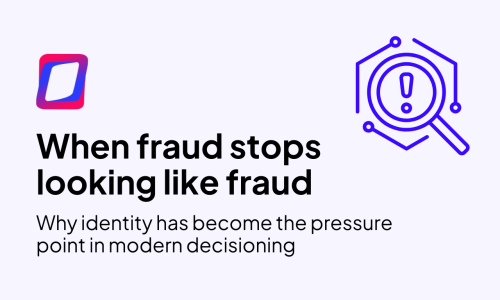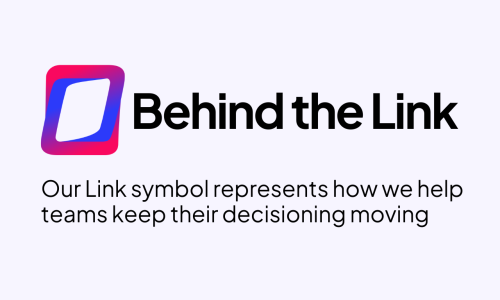The Five Pillars of Digital Banking
The emergence of new technology has completely transformed customer behaviour and the traditional banking system.
Digital banking requires a commitment to artificial intelligence and machine learning. Being able to observe, record, analyse and interpret customer behaviour is essential.
Digital banking is opening a wide range of virtual opportunities for customers. The emergence of new technology has completely transformed customer behaviour and the very IT architecture of traditional banks. In turn, these changes require effective governance concerning data management, access to effective tools and the ability to develop the necessary analytics in an increasingly competitive environment. The ability to control costs and correctly identify transactions according to risk and price is essential for companies to remain competitive.
The democratisation of products and services on offer has forced traditional institutions to digitalise their processes and incorporate new features that better cater to customer expectations. In many cases, a new era of collaboration has arrived, with partnerships emerging between old and new players alike, such as fintechs, big techs, neobanks, etc. While there may have been an initial reluctance to digitalise because of security fears, customers today prefer to go digital. It is more adapted to their needs and is much more practical, accessible and economical. These days, online risks and fraud can be controlled effectively with new network and security systems from third-party providers. Financial institutions are increasingly turning to specialist providers like GDS Link to manage their risks and increase profits and growth in an ever more dynamic market. By automating and optimising operational decisions, banks can truly harness the value of their business.
According to GDS Link, digital banking is sustained by five main pillars:
1.- Omni-channel Banking: the customer is able to access and enjoy the same experience across all physical and digital channels, including mobile apps, internet banking and call centres.
2.- Smart Banking: Artificial intelligence now makes it possible to analyse and predict customer behaviour. In turn, banks are able to provide more personalised and accurate advice and services to their customers. AI will eventually touch all areas of digital banking, but its greatest impact will be felt behind the scenes, but regulatory and security measures to accommodate these changes will be essential.
3.- Modular Banking: Offering fast and agile processes using modular, flexible architecture capable of deploying platforms without affecting the system as a whole. An agile architecture that makes it possible to adjust, remove or add distribution channels at a lower cost.
4.- Open Banking: The entry into force of PSD2 has forced banks to open up their APIs (Application Programming Interfaces) to the competition, providing them with access to banking data. This offers external provides a secure way to access customers’ financial data and add value. While threats do exist, open banking provides a number of new business opportunities.
5.- Always Active, Invisible Banking: By ensuring that the financial services of digital banking are perfectly integrated into the daily lives of consumers, technology can enable a world that is always active, where commercial opportunities evaporate as fast as they appear.
Ultimately, digital banking requires a commitment to innovation, digitalisation, artificial intelligence and machine learning. Being able to observe, record, analyse and interpret customer behaviour (whilst fully respecting their privacy) is an essential part of designing and offering personalised experiences that will increase both customer loyalty and profits. According to Antonio García Rouco, managing director at GDS Link, “analytics are an essential part of business. As data-based strategies become more prevalent, analytics are becoming increasingly important for standing out from the competition”. “Often,” he believes, “companies already have the data they need to address business problems, but the management finds it difficult to use these data to support their key decisions. Data is essential and indispensable and being able to analyse and interpret it correctly helps companies to perform better, get ahead of the competition and optimise results”.
Recent articles

When Fraud Stops Looking Like Fraud
Read article
Behind the Link
Read article





